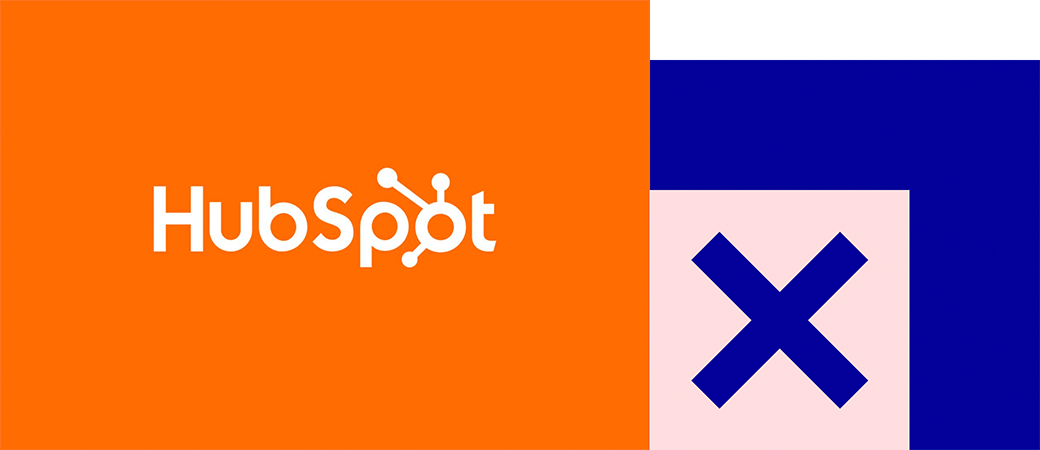Inbound marketing is no quick fix. It takes time, resources and a dose of creativity. And when considering all this work, you might be growing anxious about how much of your budget this will take. There are two main costs associated with inbound marketing: software and resources.
Before jumping into the costs of software and resources, let’s also take into consideration the following factors:
- How much are you willing to spend?
- What are your overall company goals for growth?
- How fast do you wish to see results?
Because this is the easy answer to how much inbound marketing costs: it depends on the results you wish to see – and how fast you need to see them.
What you need to invest depends on the results you want to achieve
There’s no doubt that marketing matters. But how much of the company’s total budget should be spent on marketing activities? According to a 2016-2017 Gartner Research study, companies spend roughly 12 % of their annual revenue on overall marketing.
The study shows that larger companies (>$5 billion revenue) spend 13 % of their revenue of marketing, whereas smaller companies ($250 million to $500 million revenue) spend about 10 % of annual revenue.
So let’s say that you’ll spend 10 % of your annual revenue on marketing. Now what? Take a look at today’s numbers: How many leads do you get? How many of these are converted into customers?
You will have to calculate how many leads needs to be generated in order for the company to reach the yearly goal for new customers. Start by writing down how many new customers your company should have each year. Then work your way backwards.
In order to reach this number of new customers:
- How many sales qualified leads will we need?
- How many marketing qualified leads will we need?
- How many leads will we need?
- How much website traffic do we need?
Say you aim to get 1 new customer each month. Based on benchmarks you should aim to have a 20 % conversion rate from sales qualified lead to customer.
The conversion rate from marketing qualified leads to sales qualified should be 30 % and the same for lead to marketing qualified lead. Visitor to lead should be approximately 2 %.
This means that if you want to get 1 new customers each month you’ll need:
- 5 sales qualified leads
- 60 leads
- 3,000 website visitors
Then you’ll need to take into consideration today’s acquisition cost of new customers, the average lifetime value of each customer and how much you spend on marketing today.
Do you have any expensive systems? Do you spend a lot of money on acquiring new customers? Do your customers provide the company with enough value during their lifetime?
Inbound marketing will help you lower the acquisition cost – if done correctly. Just look at these numbers:
- If properly executed, inbound marketing activities are 10 times more effective for lead conversion compared to outbound methods.
- Inbound leads on average cost 61 % less than outbound leads.
- Businesses that focus on inbound marketing save more than $14 for every newly acquired customer.
- The average cost per lead drops with 80 % after 5 months of consistent inbound marketing.
In order for your inbound marketing strategy to give the best results possible, you’ll also need to invest in a software that enables you to collect all customer data in one place, execute marketing automation, and preferably combine both a CMS (content management system) and a CRM (customer relationship management) within the same system.
One of the most popular tools to execute inbound marketing today is HubSpot. Let’s dig deeper into the costs of this tool:
How much does HubSpot cost?

Hubspot offers different packages to fit any company’s budget. As each package offers a large variety of options, we won’t cover the complete details of all three here, but give you some of the highlights:
Free version
Some companies might not have the marketing budget to purchase the full version of HubSpot. If you do not have the budget you can dip your toe in with their free version. We only recommend this as a trial version, not something companies should use permanently. It includes:
- A lead generation dashboard
- Lead flows (slide-in or pop-up CTAs and forms that can help you capture leads)
- Collected forms
- Contact database
- Lead insight (restricted to the first 7 days of website activity after a lead is captured).
- There is also a starter version of HubSpot, available at $50 a month. The main difference here is that there is no time limit on capturing lead insights, you get the option to create custom form fields, and you can remove HubSpot branding.
* If you choose the free version, the system and all elements you use will have HubSpot branding.
Basic
A brilliant entry-level package for those new to inbound and not able to currently commit to the budget needed for a full version. You won’t have access to more advanced features such as workflows. This means you’ll be unable to implement all aspects of the inbound strategy. Most companies choosing basic upgrade to Pro as soon as they start converting their first customers through HubSpot and see the value.
Price: $50/month
Pro
What we recommend for medium-sized companies who do not have several sites or databases to manage. This version gives you access to all features, no HubSpot branding and allows you to set up workflows and other marketing automation activities.
You will also have the option to carry out A/B testing of emails, CTAs and landing pages.
Price: $800/month
Enterprise
This is the best choice for any company with 10,000+ contacts and with more than one domain to manage.
As well as making your marketing team extremely happy, you’ll get all elements from the Pro version, as well as revenue reporting, predictive lead scoring, contacts reporting, event-based segmentation and so on.
Price: $2,400/month
For a full overview of all the packages and pricing, visit HubSpot here.
Other costs to consider with inbound marketing
In addition to HubSpot, you will need content and resources to plan and execute the strategy. Let’s look at some of the costs related to this:
Content resources
If you don’t have the resources in-house to write content continuously, you might have to consider hiring someone or outsourcing this work to an agency or freelancers.
It is important to highlight that most companies without a separate content department struggle to keep up with the amount of content that’s required for inbound success. It also takes time to find and manage freelancers.
Sponsoring content in social media
As previously mentioned it is wise to sponsor your content on relevant social media channels. This, of course, is something that you will need to set aside a budget for.
Hiring an agency
The cost of agencies can vary greatly, but make sure you choose someone you trust and that can help you assess your needs accurately. Identify what you can do in-house and what they should focus their efforts on. An experienced inbound agency should pay for itself as soon as the leads start rolling in.
Want to dig even deeper into the numbers of how much an inbound marketing investment might cost you? Download our starting kit to calculate your company’s potential ROI of inbound marketing based on, among other things, annual revenue, the company goals and how much you invest in inbound marketing tactics.
In the starting kit, you’ll also get a checklist for inbound marketing and sales success.
Good luck!
Real Growth. Real Impact.
AI and HubSpot: Transformation... If Enabled Properly
HubSpot for startups: Leveraging the platform and unlocking growth w. Ragini Campion
Making AI adoption not a big deal with Mike Kaput from The AI Show
HubSpot's Spring Spotlight 2025 was not what we expected
The Power of Community in Marketing
The Return of Human Marketing in an Automated Age | Avidly Talks
How to make change projects a success - Change management tactics
See why enterprises choose Avidly
Let’s build your HubSpot success story
Compelling final call to action - with accompanying link to Contact page









